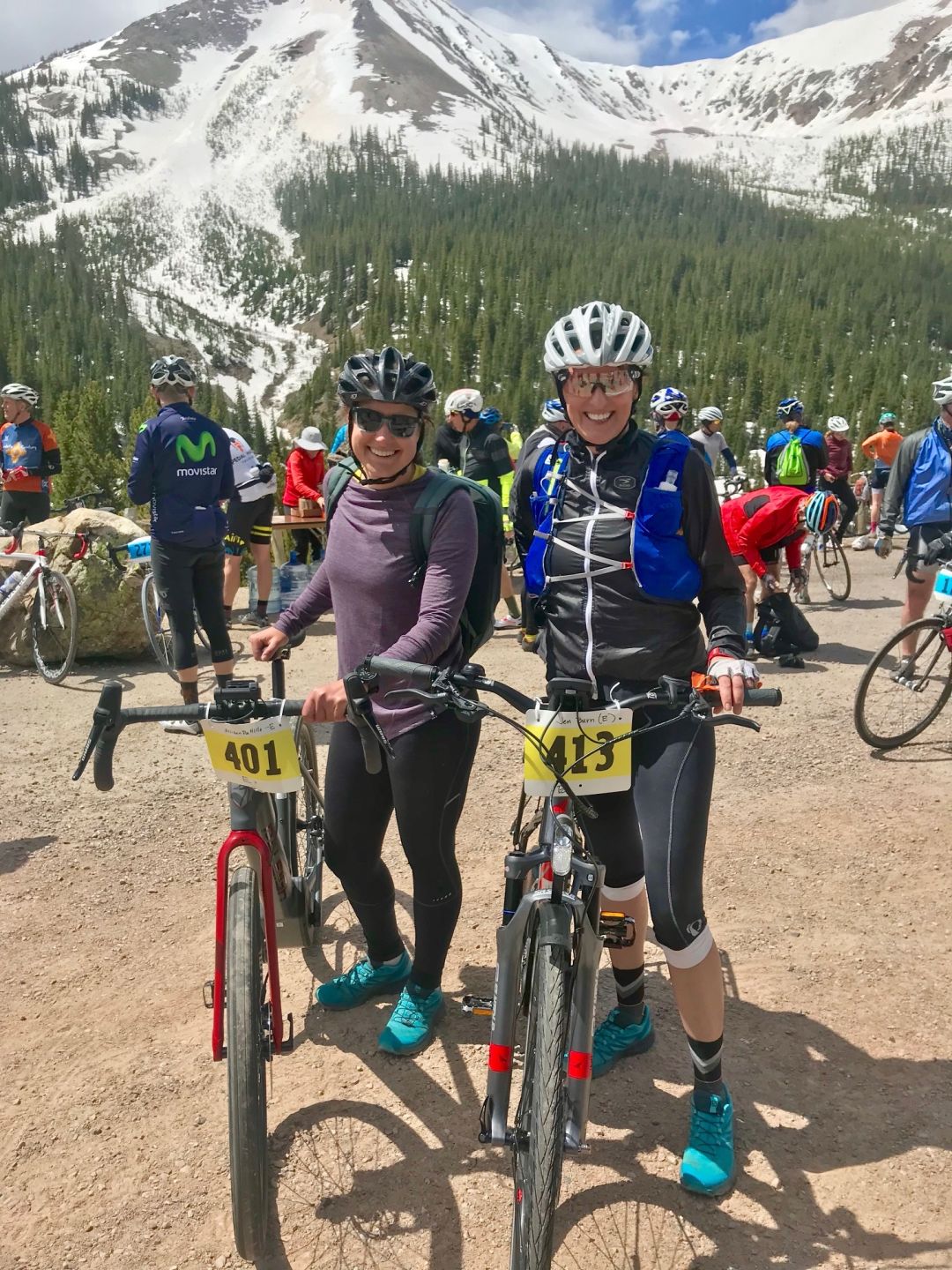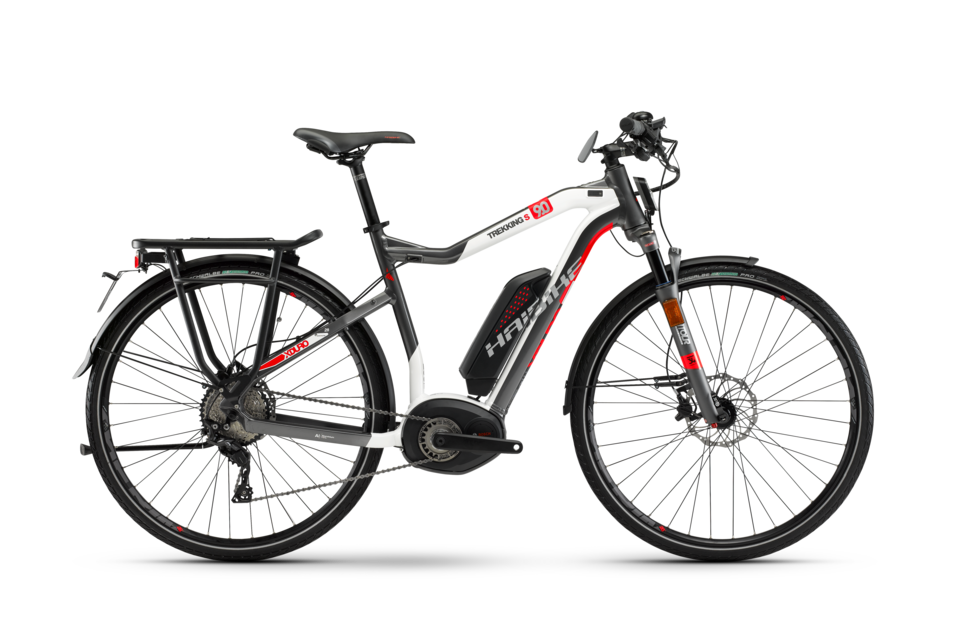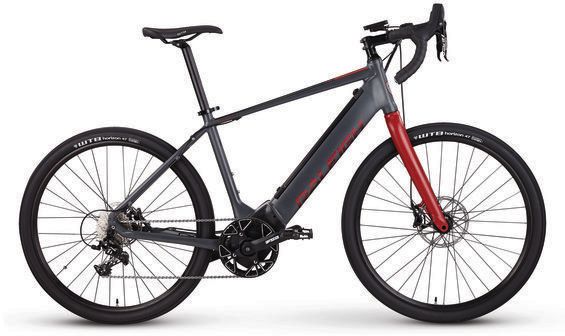I Rode an E-bike, and I Liked It

We were all smiles at the race finish. I know for a fact, this is the best I've felt after riding to Independence!
Image: Courtesy image
I’ll confess—I’m a bike purist. Bikes are for exercise, and, yes, for transportation. But I’ve always seen pedaling as the fun part. So I’ve been resistant to try an electric bike (e-bike), at least until last weekend. But realizing that my beliefs were based in bias, not fact, I took advantage of the opportunity to test a pedal-assist bike with a friend as part of the inaugural e-bike wave at the Ride for the Pass.
The verdict? I had a blast. No, I'm not going to replace my beloved Felt with a two-wheeled steed that needs recharging after a long day of riding, nor am I going to choose a pedal-assist model for my weekly rides to Ashcroft or the Maroon Bells. But I now understand the growing popularity of e-bikes.
For starters, my demo ride made an early-season climb to the top of Independence Pass an absolute pleasure. I had the bike in either the lowest or middle setting of three throughout the ride. I still had to pedal and definitely got a workout, but it was more the equivalent of riding a bike at the gym instead of gutting it out to the top of the pass.
Even for those of us who live in Aspen, the air can seem thin. Imagine how much more accessible pedal-assist makes riding for visitors? I'm not suggesting e-bikes be allowed on mountain bike trails like Sunnyside, but for riding the paved road up to the Bells, taking the road to Snowmass, and even cruising along the Rio Grande Trail (where Class 1 e-bikes are likely to be approved soon), they let people see more and go farther without getting in their cars.
E-bikes also make sense for commuting, especially when hills are involved and you prefer to arrive at work energized, not super sweaty. Quite a few locals, as well as the city of Aspen, have figured out how handy these bikes can be for buzzing around town, getting to the ski slopes in winter, and even accessing some hiking and skiing locations when roads have not yet opened for the spring.
Trying an e-bike for the first time had its humorous moments. At one point my friend and I were discussing how much battery life we had left (turns out it was plenty) and what we would do if the battery died. I’m sad to say it took a minute before we remembered that we could still pedal with or without the motor assist.
During the ride, which ended at the Independence townsite, we were met with nothing but kind comments and curiosity—though we did get a couple of questionable remarks later on as we continued riding to the very top of the pass. I can understand being miffed as someone cruises by on an e-bike, chit chatting away, while I'm working my way up a massive climb on a standard bike, but there’s still no reason to be rude.
We tested these two bikes during the Ride for the Pass:
Haibike Xduro Trekking 9.0: Built in the touring style, it functions well as a commuter bike, for getting around town, and on longer, leisurely rides. The bike has four different power settings and an upright ride. We rented ours from Aspen Velo. $4,000

Raleigh Tamland iE: This commuter bike does equally as well on pavement as gravel. The riding position is slightly bent over, like on a road bike. Burly tires give confidence for riding various types of terrain. We requested a special demo from Aspen Velo. $4,750














































